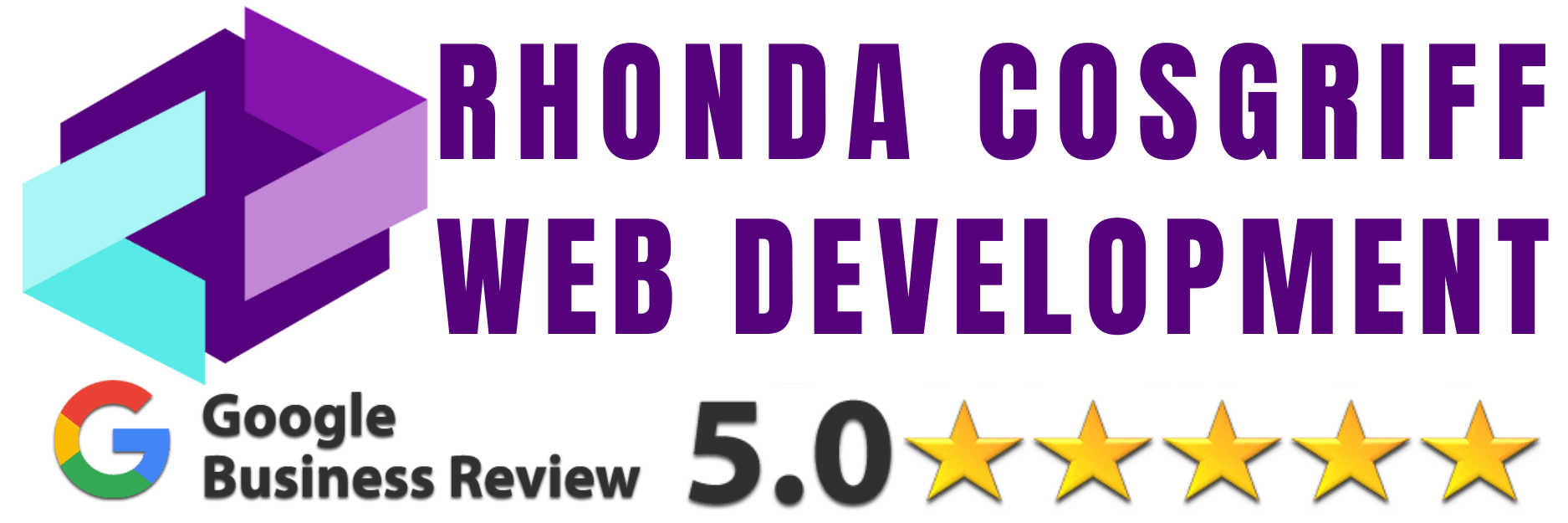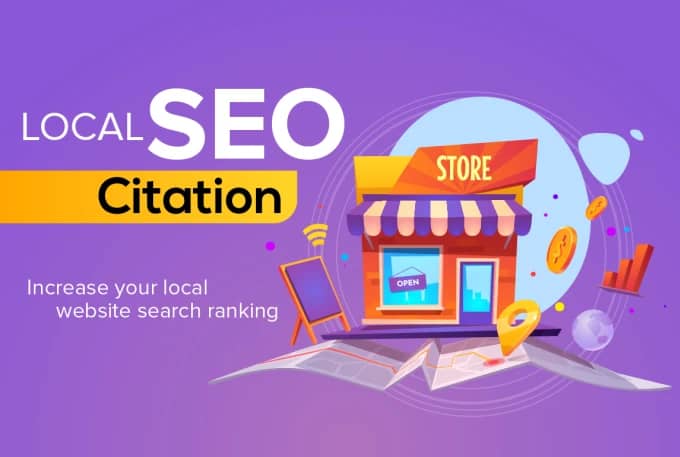Congratulations! Your website is now live on the internet, but your journey has only just begun. Google, being the most prominent search engine, plays a crucial role in determining your website’s success. In this article, we will explore what Google expects to see from your website to ensure it performs well in search results and stays “alive” in the eyes of search engines especially Google.
 Introduction
Introduction
Launching a website is a significant milestone, but the real challenge lies in meeting Google’s expectations. Let’s dive into the key factors that can help your website stand out in the eyes of Google.
The Importance of Website Post-Launch
Your website launch is like opening a new store in a bustling city. It’s an exciting step, but without customers (or in this case, visitors), it won’t achieve its full potential. Google is your gateway to attracting those visitors, and you have to keep your site fresh with new content so that it is considered “alive” in Google’s eyes. This happens by writing blogs, updating blogs, updating pages, and creating new pages. Google also expects to see updates posted to Google Business Listings and submissions to Google maps to name a few things.
Google’s Expectations
Crawlability
Google expects your website to be easily accessible and understandable. This means ensuring that search engine bots can crawl and index your web pages. A well-structured sitemap and a robots.txt file are essential.
Crawlability is a crucial aspect of making your website accessible to search engines, especially Google. When we talk about “crawlability,” we mean that your website should be designed in a way that allows search engine bots, like Google’s web crawlers, to visit, explore, and understand the content on your web pages.
Here’s what you need to know about it:
- Search Engine Bots: These are automated programs used by search engines like Google to go through websites and collect information about them. They follow links from one page to another and index the content they find.
- Crawl and Index: Search engine bots “crawl” your website by moving from page to page, much like how you would navigate through a book. As they crawl, they “index” the content, which means they make a record of what’s on each page.
- Well-Structured Sitemap: A sitemap is like a map that tells search engine bots how your website is organized. It lists all the pages on your site, making it easier for bots to find and index your content. A well-structured sitemap helps search engines understand the hierarchy of your website.
- Robots.txt File: This is a file on your website that tells search engine bots which parts of your site they are allowed to crawl and index and which parts they should not. It’s a way to control what information is made available to search engines.
In essence, ensuring good crawlability means making your website user-friendly for search engine bots. If your website is well-organized, easy to navigate, and has a clear map (sitemap) for search engines to follow, it’s more likely to get indexed effectively. This, in turn, can help your website appear in Google search results when people are looking for relevant information. So, crawlability is an important part of SEO (Search Engine Optimization) to improve your website’s visibility on the web.
 Quality Content Updates
Quality Content Updates
Content is king, and Google expects high-quality, relevant, and original content. Create content that addresses the needs of your target audience, and remember that fresh content is always appreciated. You can create new blogs and articles or just update old ones and reindex them. Also on Google Business Listings they expect to see you or your customers and employees to post updates, events and specials.
Quality content is at the core of a successful website. When we talk about “quality content,” we mean that the material you publish on your website should meet certain standards set by search engines like Google. Here’s what this entails:
- High Quality: Your content should be well-researched, accurate, and valuable to your readers. It should provide useful information, answer questions, or solve problems. High-quality content is not only error-free but also engaging and informative. It builds your E-E-A-T (Expertise, Experience, Authority in your niche, Trustworthiness) score which is important for your rankings and blog articles are a huge part to build it up in google’s eyes.
- Relevance: Your content should be directly related to your website’s purpose and the interests of your target audience. It should align with the main topics or themes of your site. Irrelevant content can confuse both readers and search engines.
- Originality: Google values original content that hasn’t been copied or duplicated from other sources. Plagiarism is a big no-no. Your content should be unique and not identical to material found elsewhere on the internet.
- Audience-Centric: Your content should cater to the needs and interests of your target audience. It should be written with them in mind, addressing their questions, concerns, or interests. Tailoring your content to your specific readers is a key aspect of quality.
- Freshness: Google appreciates fresh content. This doesn’t mean you need to update everything constantly, but regularly adding new, up-to-date content shows that your website is actively maintained and can boost its credibility.
In a nutshell, quality content is about providing valuable, relevant, and original information to your website’s visitors. Google rewards websites that consistently produce this kind of content by ranking them higher in search results. When your content is of high quality and meets the needs of your audience, it not only enhances your website’s visibility but also builds trust with your readers, encouraging them to return and engage with your site.
 Blog Updates and Google’s Perspective:
Blog Updates and Google’s Perspective:
- Improved Relevance: Blogs often focus on topics that are current, dynamic, and subject to change. When you regularly update your blog with new posts, you ensure that your content remains pertinent and aligned with your audience’s evolving interests. This is important because readers tend to seek the latest information and insights.
- Current and Dynamic Topics: Blogs typically cover subjects that are ever-changing, such as news, trends, technology, fashion, or current events. These topics are dynamic, meaning they constantly evolve and are of interest to your target audience. Readers visit your blog with the expectation of finding the latest information and insights in these areas.
- Regular Blog Updates: When you consistently publish new blog posts, you’re ensuring that your content is in sync with the latest developments within your chosen subject matter. This aligns your content with your audience’s evolving interests and keeps it pertinent to what they’re actively looking for.
- Reader Expectations: Readers are naturally drawn to blogs for the most recent and up-to-date information. They are looking for insights, advice, or news that reflect the current state of the topics they’re interested in. When your blog regularly provides new posts, it meets this expectation and keeps readers engaged.
- Staying Competitive: In a fast-paced online landscape, staying competitive requires keeping your content relevant. If you fail to update your blog with fresh content, you risk losing readers to blogs that are actively providing the latest insights and information on similar topics.
- Search Engine Consideration: Search engines like Google aim to deliver the most relevant and current content to their users. When you keep your blog updated, you’re not only meeting reader expectations but also increasing your chances of being recognized by search engines as a valuable and current source of information.Learn More
- Increased Crawl Frequency: Google’s search engine operates through web crawlers, which are automated programs that visit and analyze websites. Websites that frequently update their content are considered more valuable by Google. Consequently, these sites are crawled more frequently. When you publish new blog posts on a regular basis, Google’s crawlers are more likely to revisit your site to index the latest content. This ensures that your most recent posts are considered in search results.
- Audience Engagement: Consistent blog updates can help you maintain a devoted readership. When visitors see that your blog is frequently refreshed with valuable and up-to-date information, they are more likely to return to your site, participate in discussions by commenting, and share your posts with others. This engagement is a positive signal to Google, indicating that your content is resonating with your audience.
- Authority Building: By consistently delivering authoritative and insightful blog posts, your website can become recognized as a trusted source of information within your niche. Google often rewards authoritative sites by ranking them higher in search results. When your blog is seen as a credible and reliable resource, it increases your website’s chances of appearing prominently in search rankings. Read about E-E-A-T here. Experience, Expertise, Authority, Trust
- Long-Term SEO Benefits: With each new blog post you publish, you contribute to the growth of your blog’s archive. Over time, this archive becomes a valuable resource for both your audience and search engines. Additionally, each new post can attract more inbound links from other websites, which is a vital factor in SEO success. This growth in authority and backlinks can provide long-term benefits to your website’s search engine optimization efforts.
To ensure that Google responds positively to your blog updates, remember to maintain the quality, relevance, and originality of your posts. This approach helps maximize the SEO benefits of fresh content and ensures your readers receive valuable, up-to-date information. In summary, Google values websites that consistently provide meaningful, current, and unique content, making regular blog updates a key element of your online presence.
SEO Best Practices
Mobile Friendliness
With the increasing use of mobile devices, Google prioritizes mobile-friendly websites. Make sure your site is responsive and offers an excellent mobile user experience.
Page Speed
Google loves fast-loading websites. Slow websites can lead to a high bounce rate. Optimize your website for speed by compressing images, using efficient code, and leveraging browser caching.
Keyword Optimization
Keyword research is the foundation of SEO. Use relevant keywords in your content, but avoid keyword stuffing. Natural language and user intent are key. If you are going to pay to promote keywords, then they need to be optimized into your site.
Meta Tags
Craft compelling meta titles and descriptions that encourage users to click. These tags are your website’s first impression in search results.
High-Quality Backlinks
Quality over quantity matters when it comes to backlinks. Aim for authoritative and relevant backlinks to boost your website’s credibility. If you want to exchange backlinks reach out!
User Experience
A user-friendly website leads to better engagement. Focus on clear navigation, intuitive design, and fast loading times.
Monitoring and Analytics
Use tools like Google Analytics to monitor your website’s performance. Analyze user behavior and make data-driven improvements.
Social Media Integration
Social signals can impact your website’s ranking. Integrate social media platforms to promote your content and engage with your audience.
The Role of User Engagement
User engagement metrics, such as click-through rates and time on site, are vital. Engaged users are more likely to convert.
Google’s Algorithms
Understanding Google’s algorithms is crucial for success
What are Google Algorithms?
Google’s algorithms are a complex system used to retrieve data from its search index and instantly deliver the best possible results for a query. The search engine uses a combination of algorithms and numerous ranking factors to deliver webpages ranked by relevance on its search engine results pages (SERPs).
Most of these updates are so slight that they go completely unnoticed. However, on occasion, the search engine rolls out major algorithmic updates that significantly impact the SERPs such as:
- Penguin
- EMD (Exact Match Domain)
- Payday
- Hummingbird
- Pigeon
- Mobilegeddon
- Quality Updates
- RankBrain
- Fred
October 2023 Core Update
Google announced a core algorithm update, which began on October 5 and is still rolling out. To learn more about core updates, see the Google Search Central Blog.
October 2023 Spam Update
Google announced the launch of the October 2023 Spam Update, which began on October 4 and is still rolling out. This update applies globally and improves coverage in many languages.
September 2023 Helpful Content Update
Google announced the launch of the September 2023 Helpful Content Update, which began on September 14 and was completed on September 28. Site owners who want to learn more about helpful content updates can find more information on the Google Search Central Blog.
August 2023 Core Update
Google announced a core algorithm update, which began on August 22 and concluded on September 7. To learn more about core updates, see the Google Search Central Blog.
April 2023 Reviews Update
Google announced an algorithm update targeting review content on a page-level basis. It began on April 12 and finished rolling out on April 25. To learn more about core updates, see the Google Search Central Blog.
March 2023 Core Update
Google announced a core algorithm update, which began on March 15 and finished rolling out on March 28. To learn more about core updates, see the Google Search Central Blog.
February 2023 Product Reviews Update
Google announced the launch of the February 2023 Product Reviews Update, which began on February 21 and was completed on March 18. The update applies to these languages globally: English, Spanish, German, French, Italian, Vietnamese, Indonesian, Russian, Dutch, Portuguese, and Polish. See the Google Search Central Blog to learn more about the product review system.
Here are some notable updates before 2023 below.
BERT Update
Google announced the BERT Update, calling it the biggest change to Google search in the past 5 years. Google uses BERT models to better understand search queries. Google said this change impacted both search rankings and featured snippets and BERT (which stands for Bidirectional Encoder Representations from Transformers) will be used on 10 percent of U.S. English searches.
Panda
Focuses on content quality and penalizes low-quality, duplicate, or thin content.
Penguin
Targets link quality, penalizing spammy or irrelevant backlinks.
Hummingbird
Emphasizes user intent and the context of search queries.
 Voice Search Optimization
Voice Search Optimization
As voice search grows, optimizing for voice queries becomes essential. Use natural language and focus on question-based keywords.
Local SEO
For local businesses, optimizing for local search is a must. Ensure accurate and consistent NAP (Name, Address, Phone) information and encourage reviews.
The Impact of Reviews
Positive reviews can boost your credibility and visibility in Google’s local search results. Encourage happy customers to leave reviews because they are weighted heavily in the algorithm.
 Security and HTTPS
Security and HTTPS
Google gives preference to secure websites. Implement HTTPS to ensure data security and improve SEO.
Preparing for Google Updates
- Frequent Algorithm Changes: Google constantly refines its search algorithms to enhance the quality of search results. These updates are designed to provide users with the most relevant and valuable information. Google may make minor tweaks daily and larger updates periodically. These changes can impact how websites are ranked in search results.
- Stay Informed: It’s crucial to stay informed about these algorithm updates. Google typically announces major updates, and there are various SEO news sources, forums, and blogs where you can follow discussions and analysis about changes in search algorithms.
- Adapt to Changes: When Google updates its algorithms, it may affect how your website ranks. Your current SEO strategies might need adjustments to align with the new rules and priorities set by Google. It’s essential to be proactive and adapt to these changes as promptly as possible.
- Quality and Relevance: Google’s updates often focus on rewarding websites that offer high-quality, relevant content. It’s essential to maintain your content’s quality and relevance to continue performing well in search results. Regularly review and improve your website’s content and user experience.
- Monitor and Analyze: Using tools like Google Analytics, monitor your website’s performance after a major algorithm update. Analyze data such as traffic, ranking changes, and user behavior to assess the impact of the update and make necessary adjustments to your SEO strategies.
- SEO Best Practices: Keeping up with Google’s guidelines and best practices is fundamental. Techniques like keyword optimization, mobile-friendliness, and user experience become increasingly important with each update. Ensure your SEO practices are aligned with these evolving guidelines.
- Seek Professional Help: If you find it challenging to keep up with Google’s updates and adapt your strategies, consider consulting with SEO professionals who are well-versed in the latest changes and can provide guidance on how to optimize your website for better search visibility.
In summary, preparing for Google updates involves staying informed about changes to search algorithms, promptly adapting your SEO strategies, and ensuring that your website continues to provide high-quality and relevant content. By staying proactive and responsive to these updates, you can maintain and improve your website’s search rankings and visibility.
Conclusion
In conclusion, your website’s success in Google’s eyes depends on various factors, from content quality and mobile-friendliness to user engagement and security. By meeting Google’s expectations, you can increase your chances of ranking higher in search results and attracting more visitors.
FAQs
- How long does it take for Google to index a new website?
- Google’s indexing speed can vary, but it usually takes a few days to a few weeks for a new website to be indexed.
- What is the significance of backlinks for SEO?
- Backlinks are essential for SEO as they indicate the credibility and authority of your website. Quality backlinks can improve your search ranking.
- How often should I update my website’s content?
- Regular updates are beneficial. Aim for at least one update per week, but the frequency depends on your niche and audience.
- Can I optimize for voice search without sacrificing traditional SEO?
- Yes, you can optimize for voice search while maintaining traditional SEO practices. Focus on conversational keywords and user intent.
- What steps can I take to enhance my website’s security?
- Implement HTTPS, regularly update your website’s software, and use security plugins to protect your site from threats.
To continue reading this series about Post- Launch Content Strategies for SEO click here. How Much You Should Budget for Blog Articles.
Services










